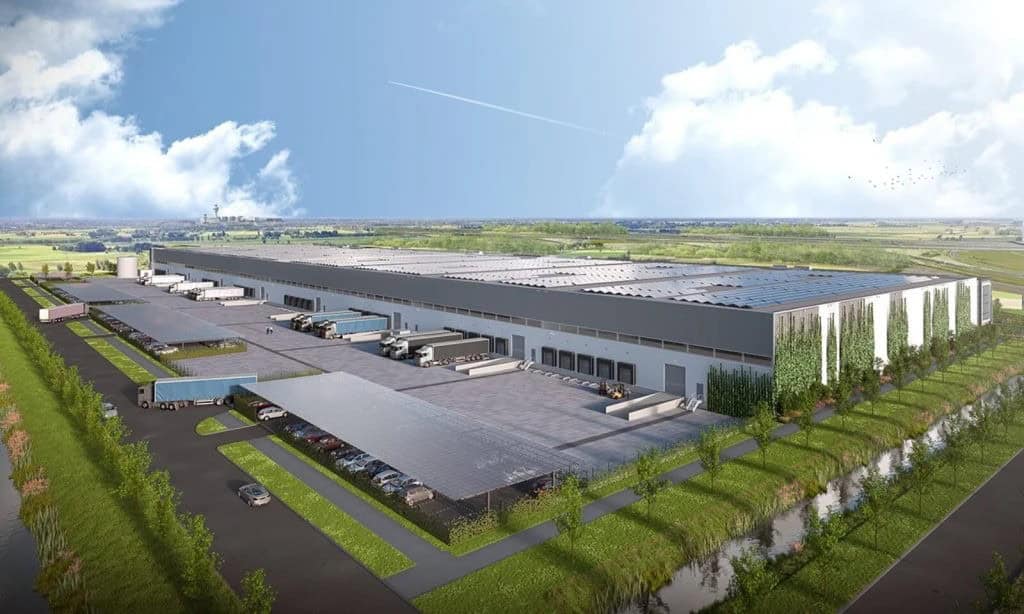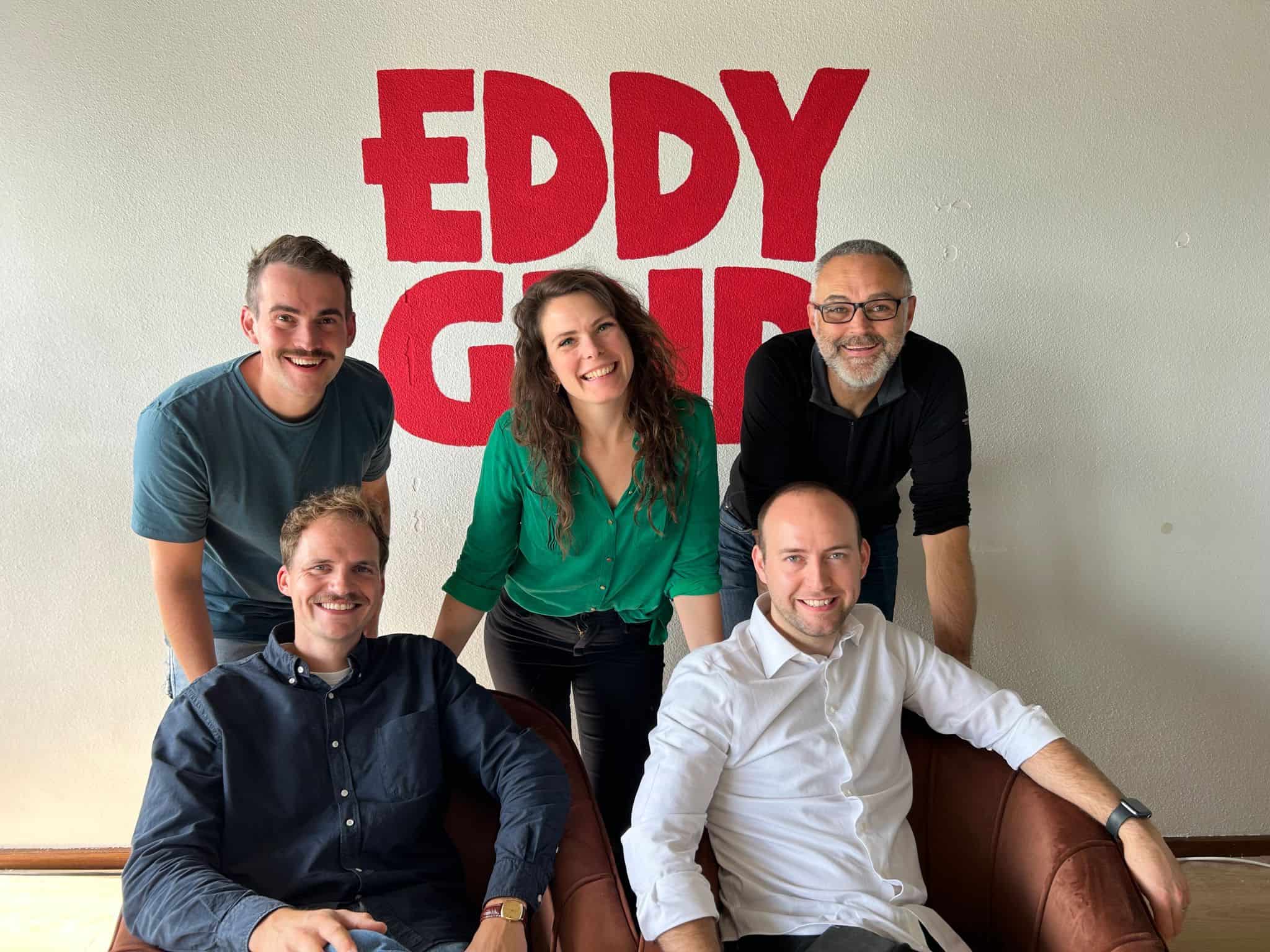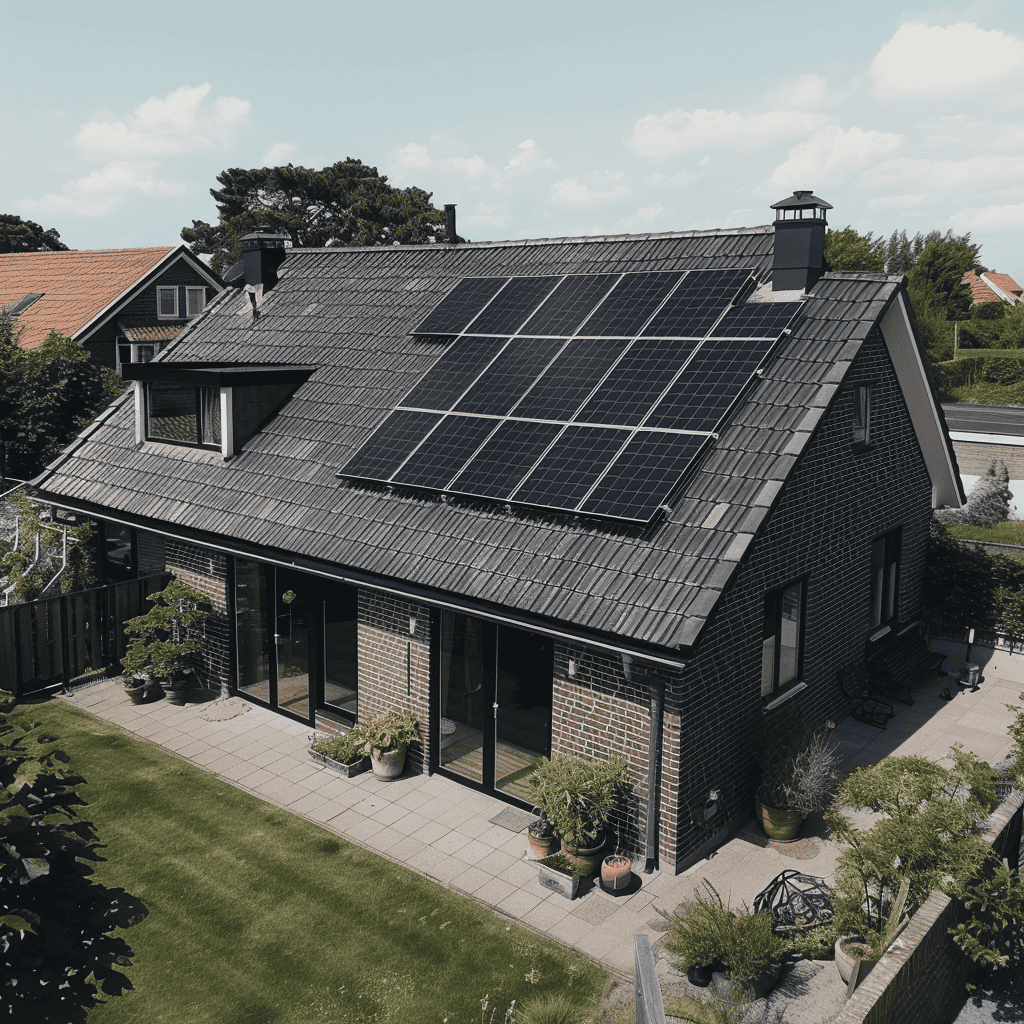
For over two years, seven companies at Schiphol Trade Park have been using a virtual grid solution to share energy capacities with each other and make smart use of the reserved space. In 2023, 2,104 MWh of electricity delivery was made possible through sharing capacity within the virtual grid developed by Spectral. Without this solution, many controllable energy systems, such as batteries and generators, would have had to supply this electricity.
Given the grid congestion problems, no additional capacity is available in the medium-voltage grid for the transportation of electricity in the Schiphol Trade Park area. This means that a company may get a connection but no transportation capacity. This is a problem for companies that want to locate here and for the area developer SADC (Schiphol Area Development Company). The developer wanted to prevent companies from looking for solutions individually and creating a proliferation of gas generators with associated emissions. SADC looked for an innovative solution that could encourage companies to cooperate, choosing to try out Spectral’s STELLAR Grid Management.

The virtual solution
STELLAR Grid Management continuously reads data from smart meters and controls energy systems (such as solar panels, energy storage, and generators) behind the meter. In addition, the system takes care of the financial settlement of this control so that the participating companies can compensate each other for the electricity consumed and the provision of their controllable energy systems.
Several companies have invested in batteries, gas, and diesel generators to ensure sufficient electricity within the set limits. The collective utilizes these resources in case of capacity shortages. The generators mainly serve as backup. Before STELLAR activates them, the system determines if the connected batteries can meet the expected scarcity moment. If the battery is insufficient, STELLAR automatically switches on a generator. In 2023, generators were activated twice to stay within the grid limit, totaling two hours. When the generators were activated, the batteries were not yet operational; otherwise, the generators probably wouldn’t have been necessary.
Without the virtual grid, these parties would have had to invest in generators (and possible backup generators), collectively running for up to 31,000 hours. Fortunately, this was avoided. This has resulted in 468,000 m3 less gas being consumed, thereby reducing CO2 emissions from generators by 842 tons.








